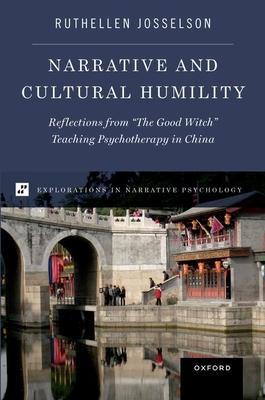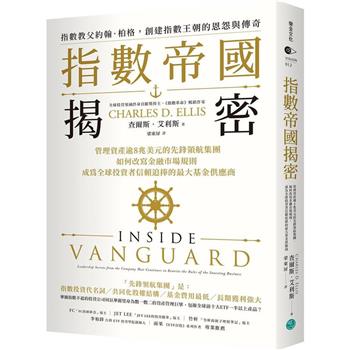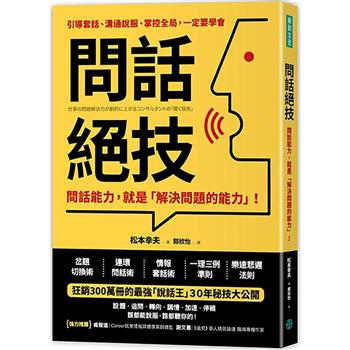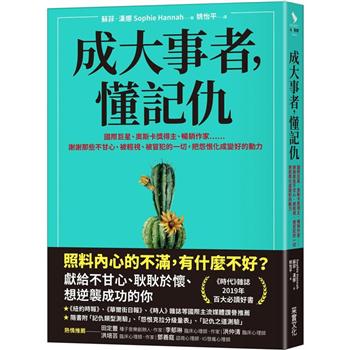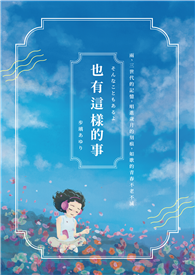People from Eastern and Western cultures have differences in their perception and understanding of the world that are not well represented by a collectivist/individualist distinction. Differences in worldview are inscribed in personal relationships and the ways in which people try to understand the "other" in relation to themselves. When people from the East and West encounter one another, these differences are brought to the fore in jarring moments of culture clash. Such encounters, seen through a contextualized narrative lens can offer insights for deeper cross-cultural knowing.
In
Narrative and Cultural Humility Ruthellen Josselson recounts her time teaching group therapy to Chinese therapists over the course of ten years and illustrates her own profound experience of cultural dissonance. For example, many of her students regarded her as what they termed "a good witch" seeing her as a transformative healer purveying something magical rather than a teacher of psychotherapy with theories and techniques that could be learned. At the same time, she was often mystified by their learning styles and organizational processes which were so different from her own experiences. In these instances, along with others chronicled in the book, Josselson confronts the foundational (and often unconscious) assumptions embedded in cultural worldviews (on both sides) that are manifest in nearly every interaction. This re-telling underscores the need for cultural humility when narrating one’s experiences and the experiences of different relational cultures. While narrative is always rooted in culture-bound worldviews, it can also be a way of bridging them.
Narrative and Cultural Humility ultimately tells the story of what it means to recognize our own unspoken assumptions to better connect with people of another culture. It also highlights the values and needs that are universally human.
